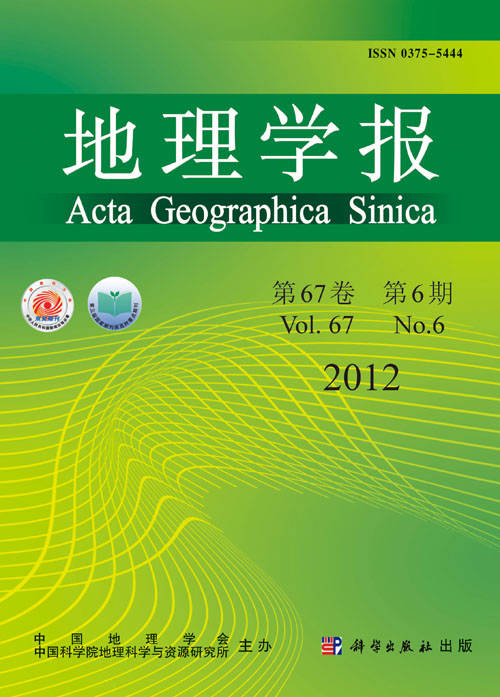WU Chengzhong, HAN Guanghui
The Ming and Qing dynasties were the periods when the function of the capital was gradually substantiated and consolidated in the feudalist society of China. At present, the historical geographical studies on Beijing City have focused on the urban interspatial structure and its evolution, the distribution and transformation of political, commercial and religious sites and Xuan Nan literati culture district, but it’s still necessary to study the recreational geography of residents including the royal families, nobles, scholar-bureaucrats and civilians in Beijing city during the Qing and Ming dynasties.
This paper focuses on the interspatial distributions and transformations of some recreational sites of Beijing city in the Qing and Ming dynasties, such as royal hunting sites, Xinggong, royal garden landscape spots, temples, temple fairs, gardens, markets, assembly halls, theatres, tea shops, restaurants and so on.
The conclusions of this research can be drawn as follows.
The changes of the city space structure influenced the development of recreational sites of Beijing. During the Ming Dynasty, the western suburbs and the west district of inner city became the important recreational areas. There were landscape tourism attractions in the western suburbs, temples in the inner city and the western suburbs, gardens in the east and west district of the inner city, temple fairs in the western suburbs, markets in the west district of the inner city, assembly halls in the east of the inner and outer city. The construction of the outer city improved the development of recreation sites.
In the early Qing Dynasty, the policy of Manchu people and the Han people residence in different areas stimulated the development of recreation sites in the outer city, and the west district of the outer city became the recreation center of Beijing. In the Qing Dynasty, landscape tourism attractions were located in the western and northern suburbs, temples in the western suburbs and the west district of the outer city, gardens in the western suburbs, the west district of the outer city, the west and east district of the inner city, temple fairs in the western suburbs, the west district of the inner city and the west and east of outer city, markets in the west district of the outer city, assembly halls, theatres and restaurants in the west district of the outer city.
During the Ming and Qing dynasties, the recreation areas in Beijing went through the formation and evolution period when 14 recreation areas during the Ming Dynasty had formed and 19 ones during the Qing Dynasty.
The formation and transformation of the structure of recreation sites resulted from the physical geography environment (recreation resource), regional situations (transportation, markets, and residential districts), the character and function of the capital, the folk-culture, and the politics.
